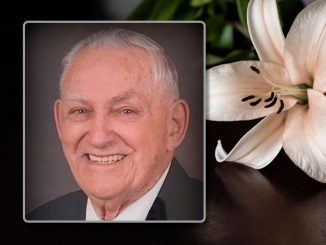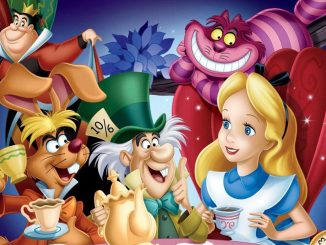
By Terry Jones
Bayous, lakes and rivers have long served as Louisiana’s economic highways. Today, diesel-powered tugs push strings of barges up and down our innumerable waterways, but long ago commercial boats were moved by a colorful set of men known as voyageurs.
Voyageurs (VOY-uh-jurs), a French term meaning “travelers,” were professional boat paddlers who were usually employed in the fur trade business.
Paddling cypress dugouts (or birch bark canoes in the far North) was a physically demanding job, and it required the hardiest of men.
One Jesuit priest who traveled with the voyageurs wrote that they “are not scared to paddle five or six hundred leagues (1,250-1,500 miles) in a canoe, or live for a year or eighteen months on corn and bear fat and sleep under shelters made of rocks or branches.”
Everyone who rode with the voyageurs was astonished at their stamina and disdain for rest.
After paddling for 16 hours, one group was asked if they wanted to stop for the night.
“They answered they were fresh yet,” reported one man. “They had been almost constantly paddling since 3 o’clock this morning….57,600 strokes with paddle, and ‘fresh yet!’ No human beings, except the Canadian French, could stand this. Encamped at half past nine o’clock, having come today seventy-nine miles.”
Because dugout space was at a premium, voyageurs were required to be short in stature so as to not take up much room.
But they possessed tremendous upper body strength and endurance. Voyageurs had to make approximately one paddle stroke per second for at least 14 hours a day and be able to carry several hundred pounds of cargo on their backs during portages.
Long trips settled into a predictable routine with the voyageurs normally eating just breakfast and supper and rarely stopping to rest.
Meals usually consisted of corn or peas and grease, or pork or bacon stewed up in a kettle. The meat gave rise to the voyageurs’ nickname mangeur de lard (“bacon or pig fat eaters”), which is also where we get the word “lard.”
When the voyageurs were in a hurry, they simply poured their gruel, got down on all fours, and lapped it up like dogs.One of the most difficult jobs for the voyageurs was to portage around obstacles such as logjams or the Red River rapids at modern-day Alexandria.
Trade goods, furs, and supplies were stored in 90-pound bundles, and voyageurs were expected to strap on two at a time, carry them about a third of a mile, and then set them down and go back for two more.
After relaying the bundles through the portage, they had to go back and carry or drag the dugouts forward.
Voyageurs took pride in their physical abilities and considered it unmanly to complain of the hardships.
They also had a fierce competitive spirit and often challenged one another in paddling and portage contests. Witnesses to such events reported incredible feats of strength.
Some voyageurs are said to have strapped on 720 pounds during portages, and a few died after suffering ruptures from carrying such heavy loads.
Voyageurs were generally fun-loving men who enjoyed eating, joking, singing, smoking, and gambling.
These extraordinary characters were described as always being polite, especially toward women and each other.
They created their own peculiar culture with distinctive dress, customs and traditions, and most of them had nicknames that were the exact opposite of their appearance or character.
La Petite Vierge (Little Maiden), for example, was a huge man, and Wapishka (white) was black.
On the river, voyageurs paid little attention to cleanliness, but they always freshened up and put on their finest clothing before reaching an outpost so they could impress onlookers (especially women).
One American wrote, “On Sundays, as they stand round the door of the village churches, they are proud dressy fellows in their parti-coloured sashes and ostrich-feathers.”
Voyageurs also adorned themselves with a wide variety of jewelry and wore silver broaches, earrings and crosses, and silver and brass rings that would rival any “bling” today. Tattoos were particularly popular and included both European and Indian styles in a variety of colors.
Sadly, today there are virtually no reminders of Louisiana’s voyageurs.
But had it not been for their courage and incredible stamina, the French could not have maintained their colony here.
Famous fur trader John Jacob Astor perhaps gave the voyageurs their greatest compliment when he declared that he would rather employ one French voyageur on a trade mission than three Americans.




Be the first to comment